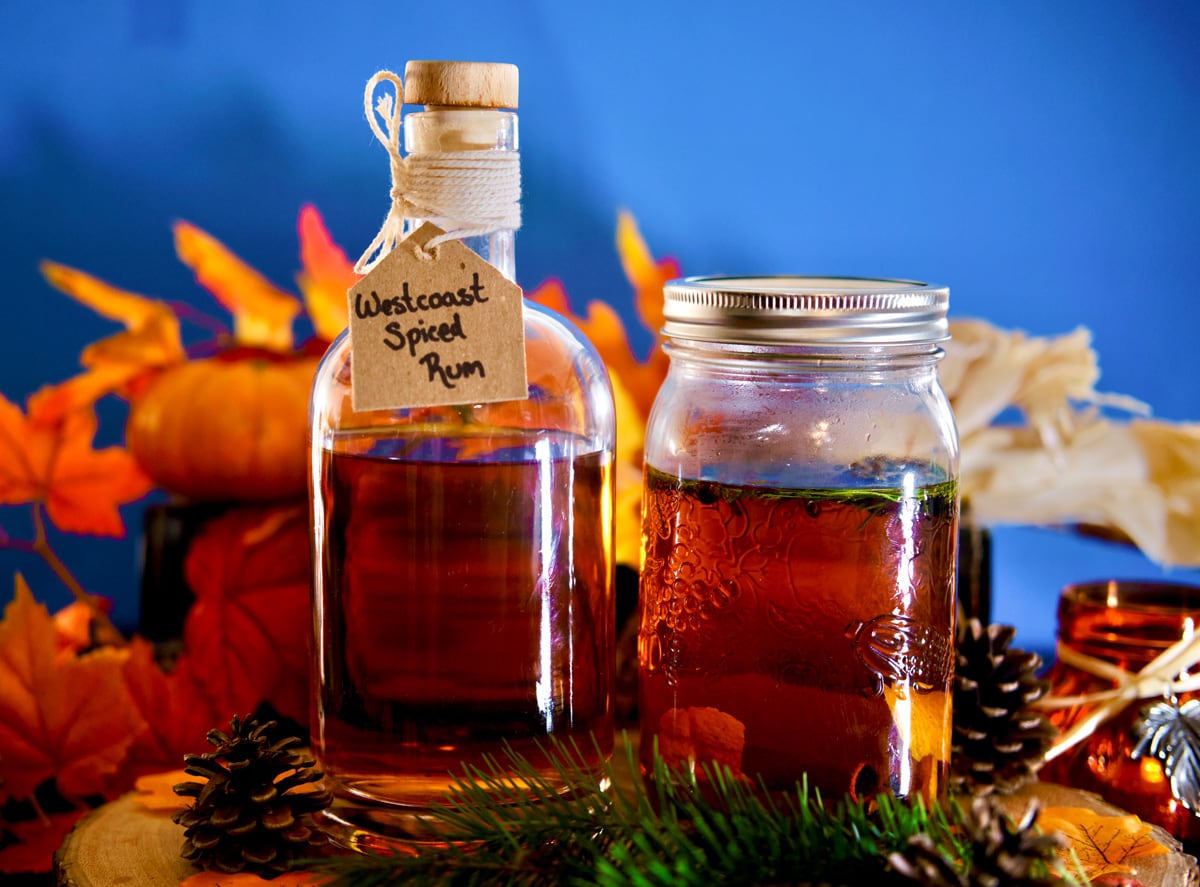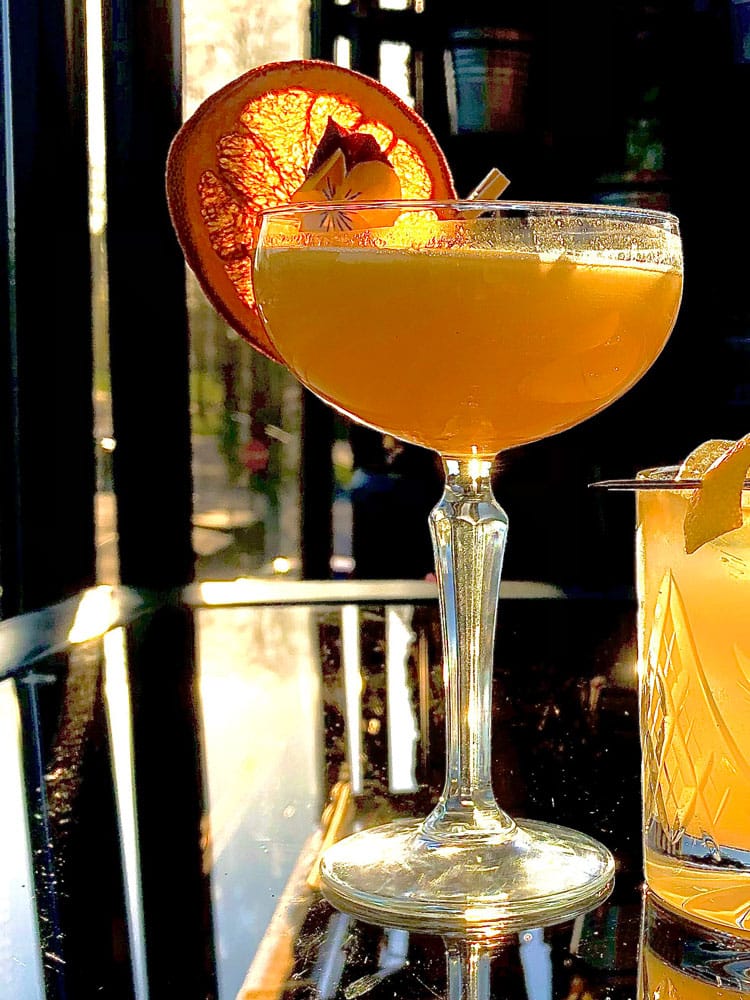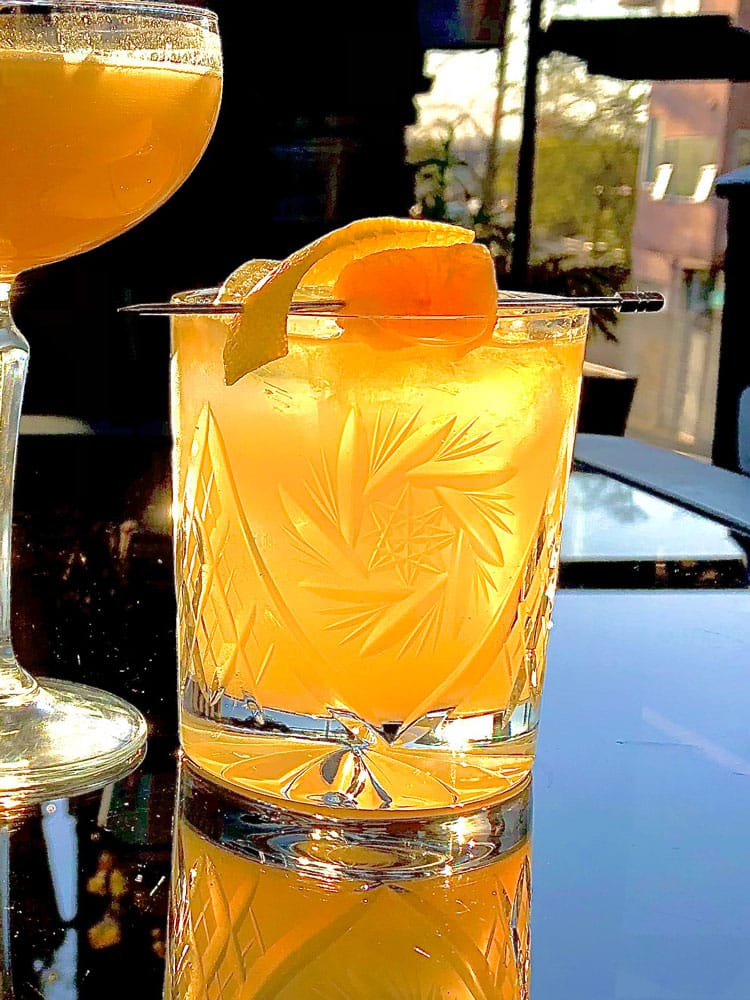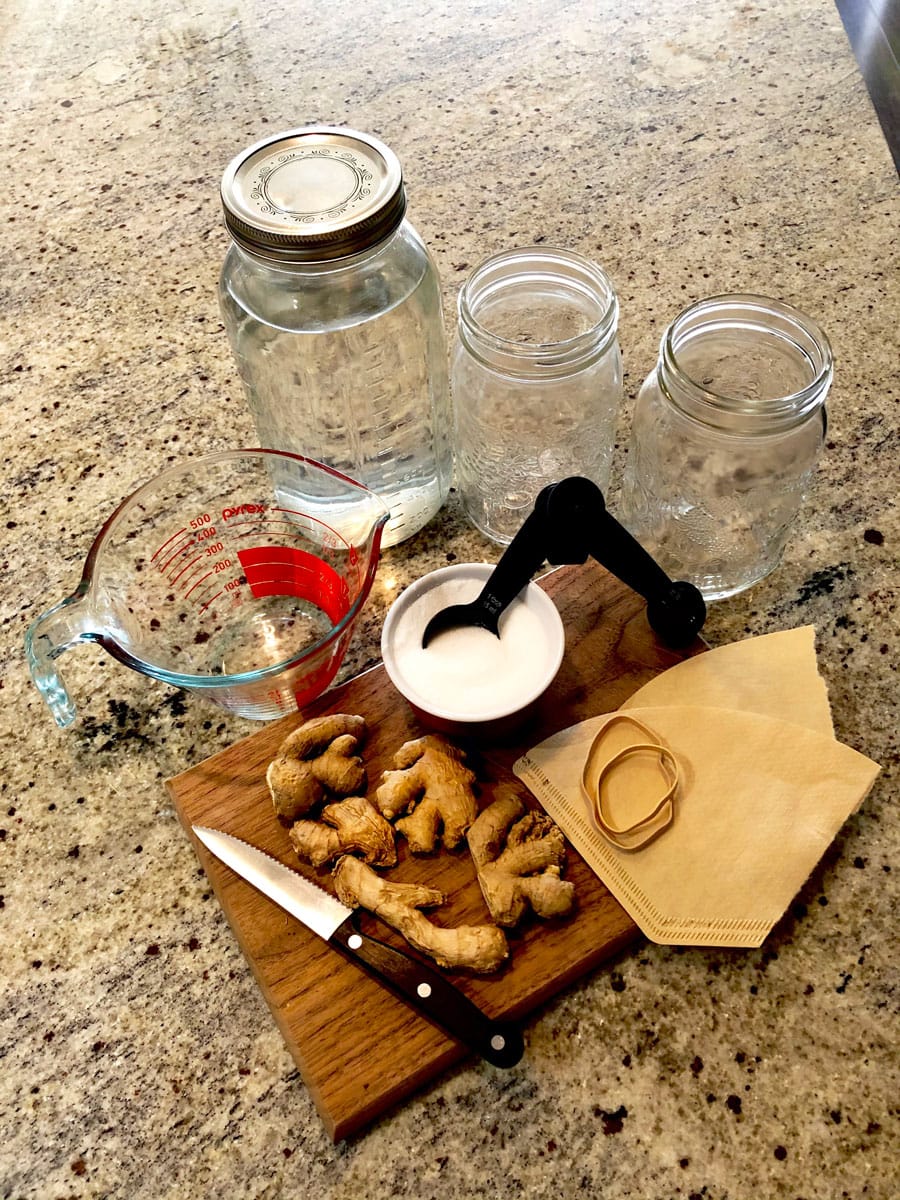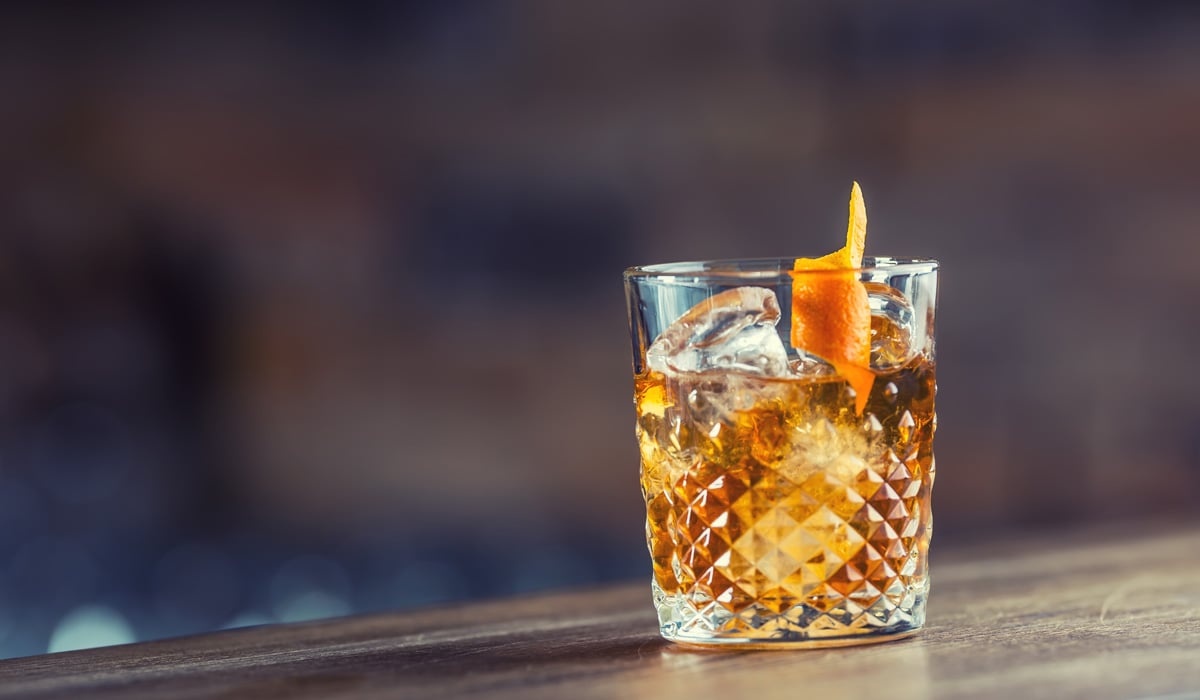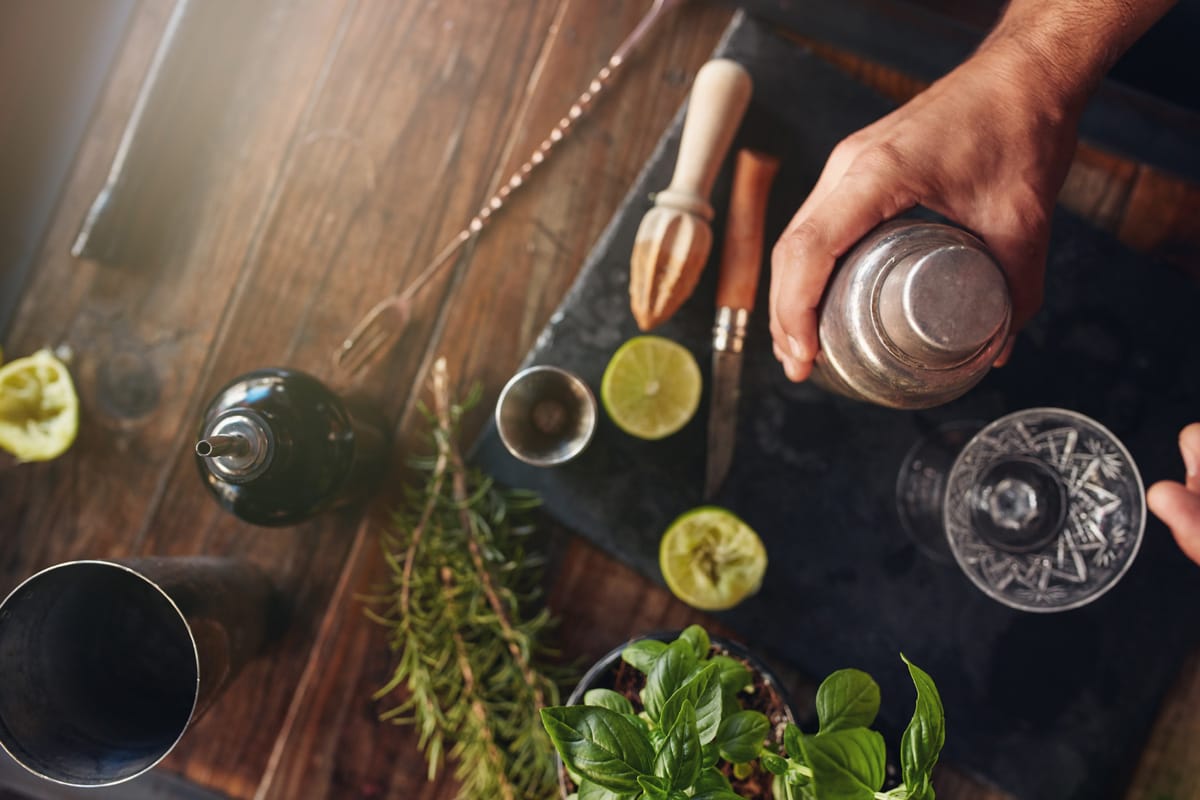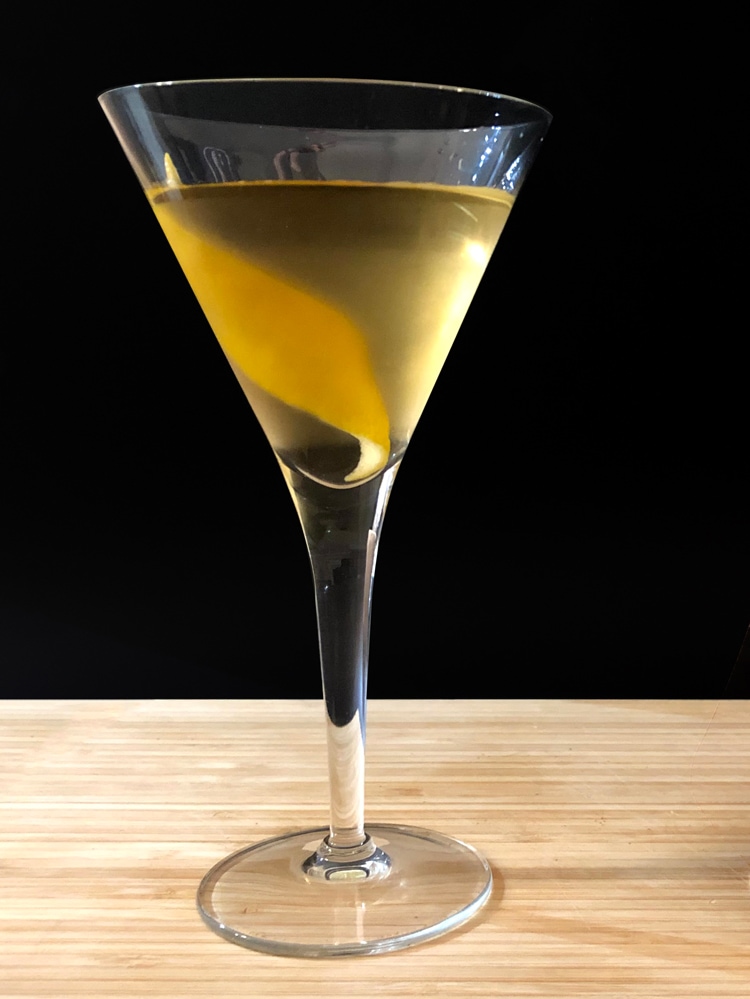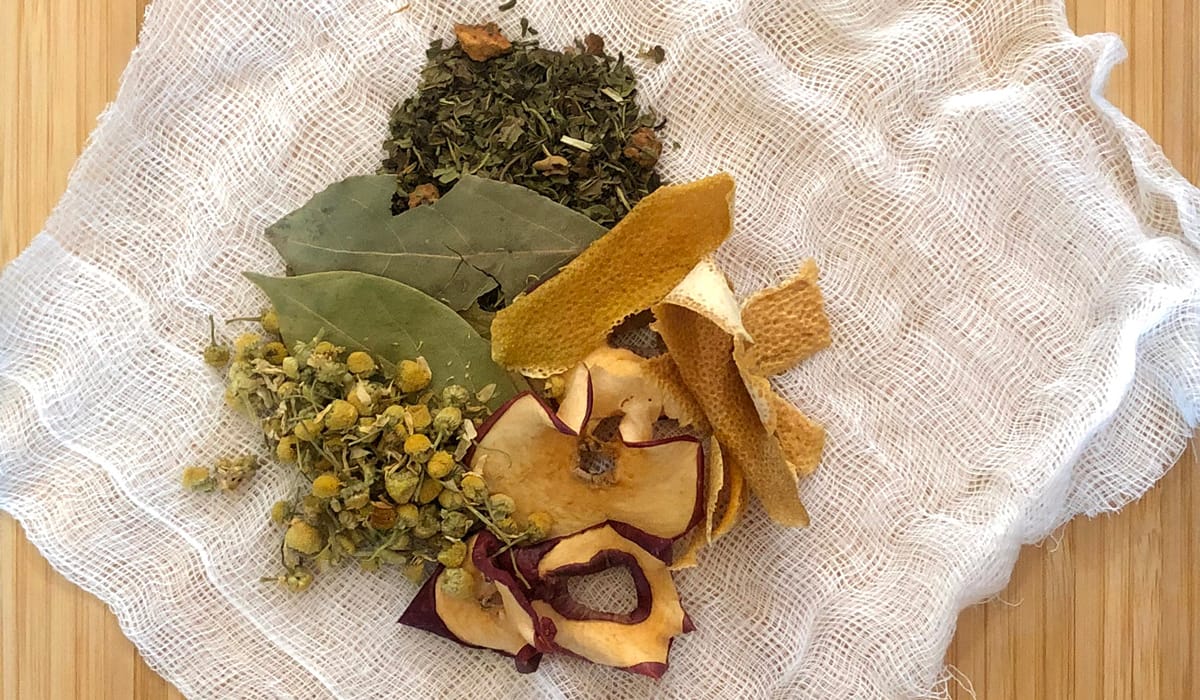Time to be cordial (with our cocktails)
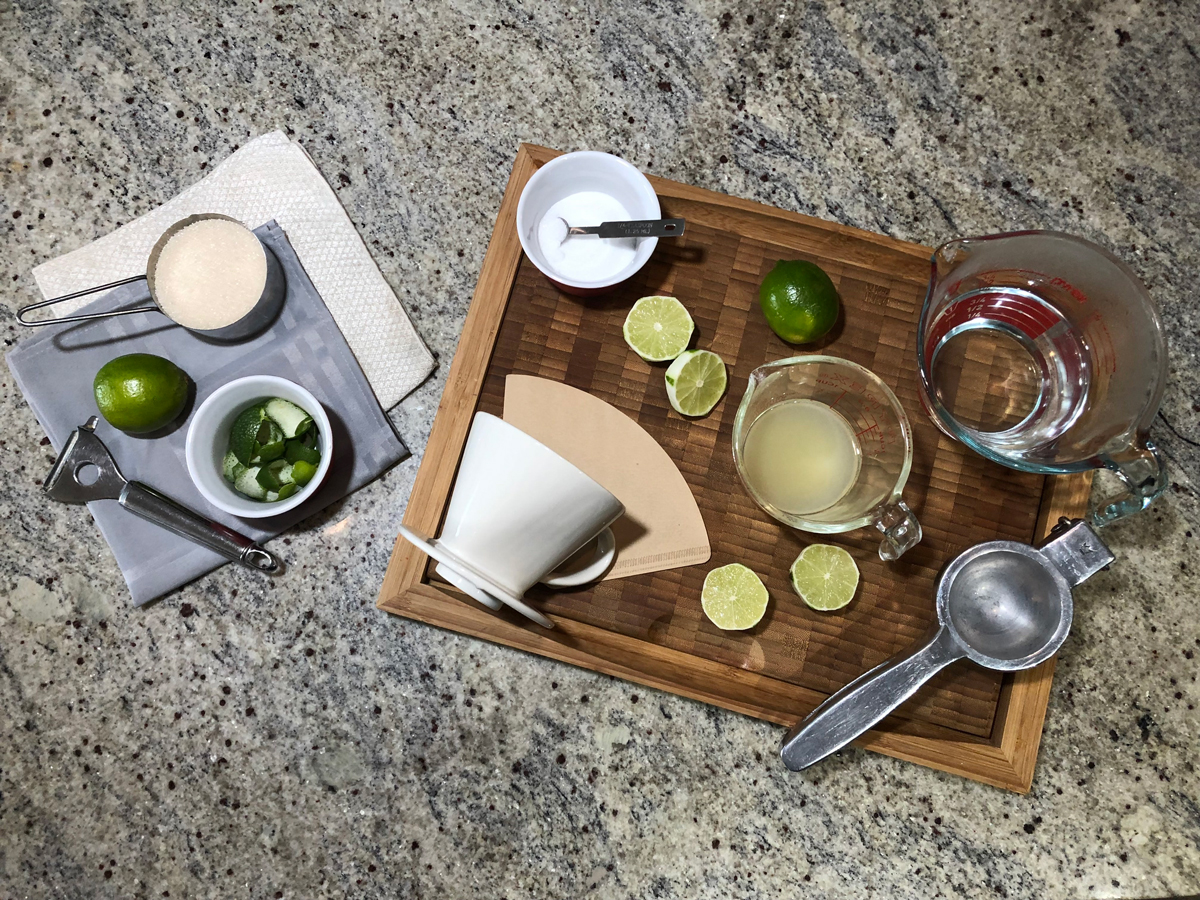
Cordials are often referred to as liqueurs or flavoured liquors; however, today we will be making the UK style of cordial, which is more akin to a concentrated syrup.
I’m sure we’ve all noticed and maybe even reached for that bottle of neon green lime cordial at the grocery store. Sure, it works “fine” in drinks like a classic Gimlet (which is simply gin and lime cordial, shaken and served in a chilled cocktail glass), but the artificial lime flavour can take away from the beautiful spirits we love.

